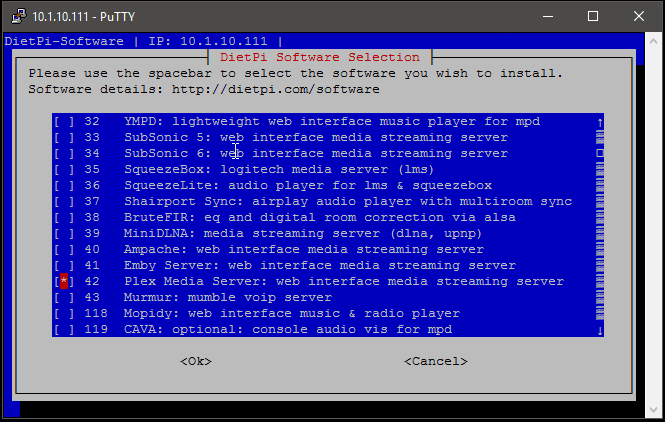

The server will take a couple of minutes to install. $ sudo apt install plexmediaserver-installer Use “nano” to create a file for your repository. Next, download an import the repository’s GPG key. First, install the Debian package that allows package installs over HTTPS. You’ll need to add it to your Pi in order to install the package and keep it updated. The Plex server is available from an external repository. Remember that you’ll need to SSH back in. If it doesn’t connect reboot the Pi, and it will connect. Your Pi should automatically connect to your network now. Feel free to delete the plain text password for security reasons. You’ll see your network name, the passphrase you entered, and the encrypted form of the password. # wpa_passphrase “network” “passphrase” > /etc/wpa_supplicant/wpa_nf Regardless of which operating system you’re using, Etcher, is a great option. You’re going to need something to write the image to the SD. Insert your first MicroSD card into your computer. It’s just a server, and you can manage it from SSH and a web interface. You’re not going to need a desktop environment for this. To start, download the latest version of Raspbian Lite. That’s alright, though, it’s actually very simple. You’re going to need to set up the server with Raspbian. There isn’t a specialized Plex image for the Raspberry Pi.

You have two obvious choices, Plex and Kodi. Why Plex?So, you want to set up a home theater streaming solution in your home.


 0 kommentar(er)
0 kommentar(er)
